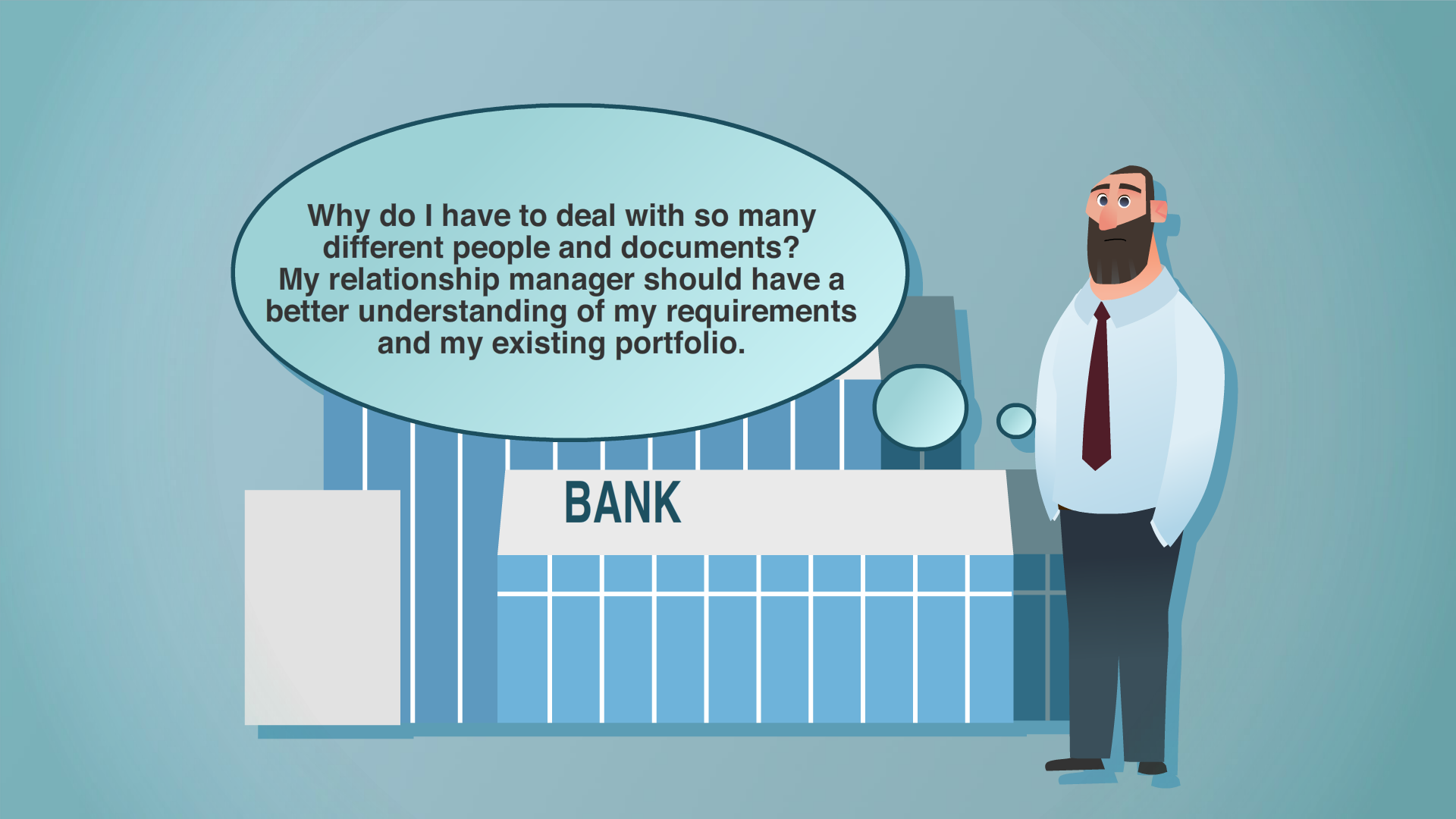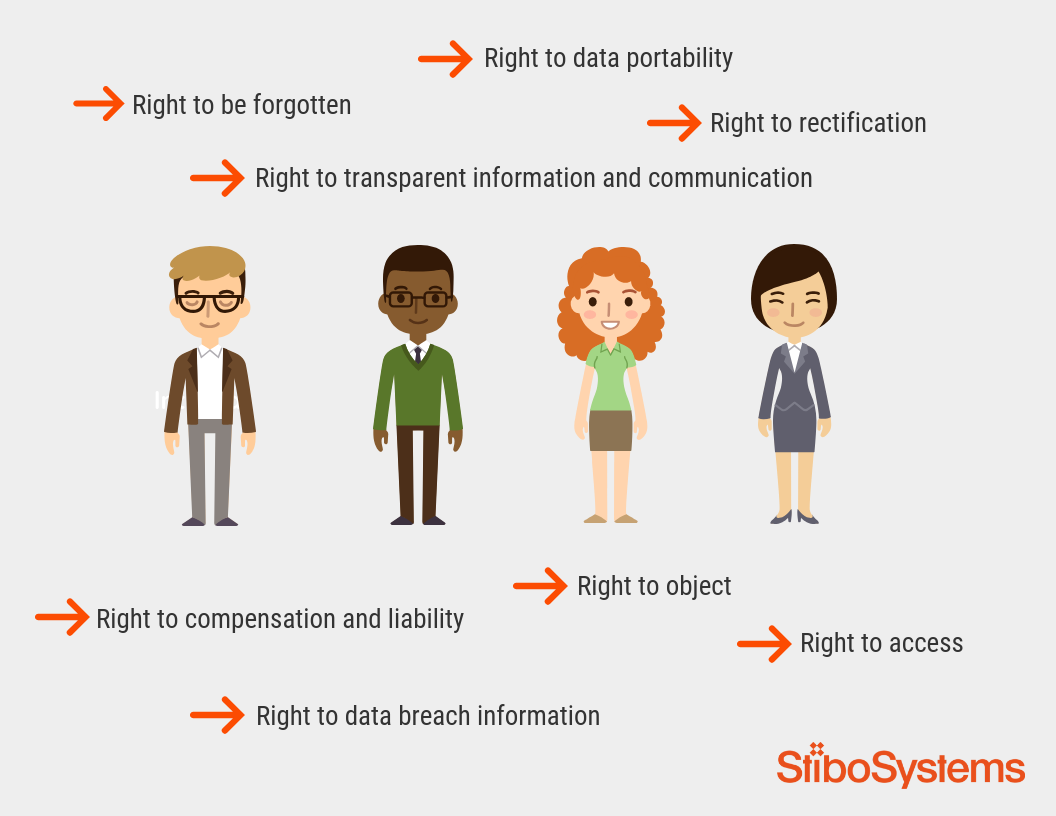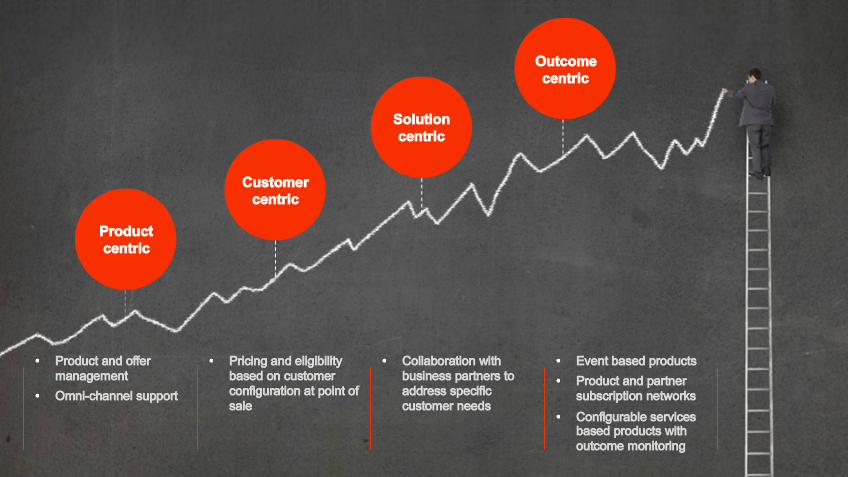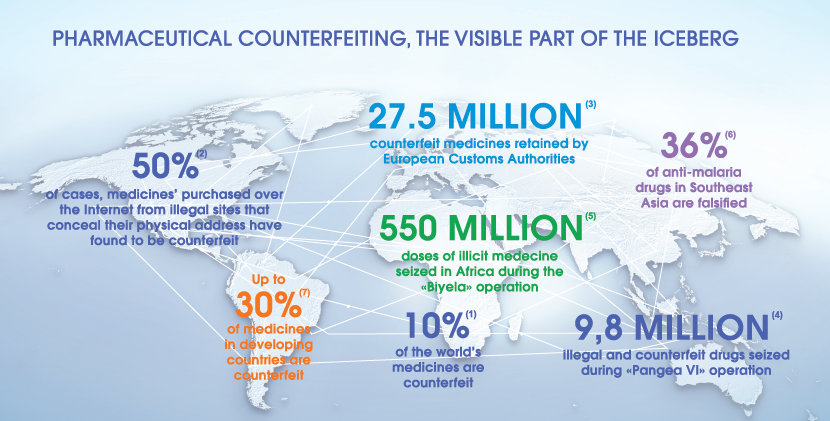Artificial Intelligence is shaking up master data management. While organizations are always looking for ways to automate and improve their data governance processes, we have Agentic MDM – and this one is different.
AI agents can handle complex data challenges quickly and accurately, completely changing how you can manage your most important information.
In this blog post, you will get a basic understanding of what it is and how it’s going to shake up the world of MDM and data governance.
So, what are AI agents and agentic workflows?
Simply put, AI agents are autonomous software entities that perform tasks on your behalf, achieving a specific goal. Agentic workflows refer to structured, multi-step processes where AI agents work together in a coordinated manner to complete complex tasks.
While AI systems have been around for years – in recommendation engines and fraud detection tools – recent advances in Large Language Models (LLMs) have greatly expanded what they can do.
An AI agent uses LLMs to:
- understand requests
- make decisions
- solve problems
- take actions independently

The agents process natural language, work through complex scenarios and collaborate with other agents to achieve their (your) goals.
In agentic workflows, multiple specialized AI agents work together, each handling specific aspects of a larger task. With this collaboration, you can automate complex, multi-step processes that used to take significant human involvement.
And with frameworks like AutoGen, CrewAI, LangGraph, and Model Context Protocols becoming far more accessible, you can implement agentic workflows across a plethora of business areas.
Master data management is certainly one of them.
Agentic MDM: AI-powered data governance
If you are involved with master data management, AI agents can be life savers. Because you are up against challenges that they are well-suited to address. Many data governance tasks are repetitive, time-consuming and data-intensive. That makes them ideal to be automated through agentic MDM.
By cleverly using specialized AI agents in your MDM processes, your efficiency will go through the roof, and at the same time you reduce your data stewards’ workloads.
Here are just a few of those tasks that you can effectively automate with AI agents:
- Acquiring and verifying supplier data automatically
- Identifying and categorizing competitor products
- Classifying data during onboarding
- Meeting industry standards and ESG regulations
- Finding anomalies in master data
- Writing engaging product descriptions
- Enriching product data from external sources
- Standardizing data formats across systems

Through natural language processing and LLMs, these agents may communicate with each other in so-called agent groups. They plan and execute specialized tasks like web crawling, image analysis and system updates – and all this while following your data governance policies.
How to direct your AI agents effectively
How successful your agentic MDM is, depends largely on how well you instruct your AI agents.
Just as you need to give clear directions to team members, your AI agents need precise guidance about their roles and responsibilities – they need to be prompted correctly.
You might define an agent profile like this (simplified version):
"You are an agent specializing in master data classification. You can interact with the MDM platform API to retrieve classification information and update classification records when necessary."
Then, once you establish individual roles for each agent, you need to give them clear instructions for the workflow:
“Your task is to update incomplete supplier data. Identify suppliers missing essential information such as addresses, locations or contact details. Search available data sources, including the web, to find this information. Ask the verifier agent to verify the accuracy of this data before updating the MDM platform.”
How to maintain human oversight of your AI agents
Even though agentic MDM lets you automate things in a very powerful way, you still need human oversight.
AI agents can process vast amounts of data and perform complex tasks at scale, but you still need human judgment to evaluate results, make contextual decisions and make sure you work toward your business objectives.
With a "human-in-the-loop" approach, you get the benefits from AI-driven automation while maintaining appropriate governance. You need that balanced strategy to prevent errors, stay compliant with regulations and make sure you can trust your data management processes.
Before you fully implement agentic workflows in your MDM environment, make sure you establish AI governance principles that define:
- how agents operate
- how you verify agents’ outputs
- what safeguards you have in place to prevent unintended consequences
The future of master data management
So far, we have only seen AI agents used in existing processes and workflows for a few months. But the results already look promising.
I’ve been particularly impressed by the outcomes in processes such as acquiring supplier data, identifying competitor products, automated classification during data onboarding, ensuring industry standards compliance and identifying data anomalies.
Of course, as agentic AI evolves, we expect even more sophisticated applications in master data management. In the future we may also see agents that can:
- Ensure data quality across multiple domains autonomously
- Prevent data quality issues before they occur
- Adapt to changing business requirements
- Give data stewards natural language interfaces
- Orchestrate complex data governance workflows with minimal supervision
There are so many possibilities and benefits. So, any company that starts adopting agentic MDM now, positions their organization at the forefront of data management innovation.
They can quickly build a strong strategic advantage by getting far more efficiency, accuracy and value from their master data initiatives.
Whitepaper
Advance Your AI Agenda with Master Data Management
For CDOs and data science teams looking to accelerate their path to AI, data quality is critical. Here are five basic steps to help leverage MDM to your strategic advantage.




































































































































































































